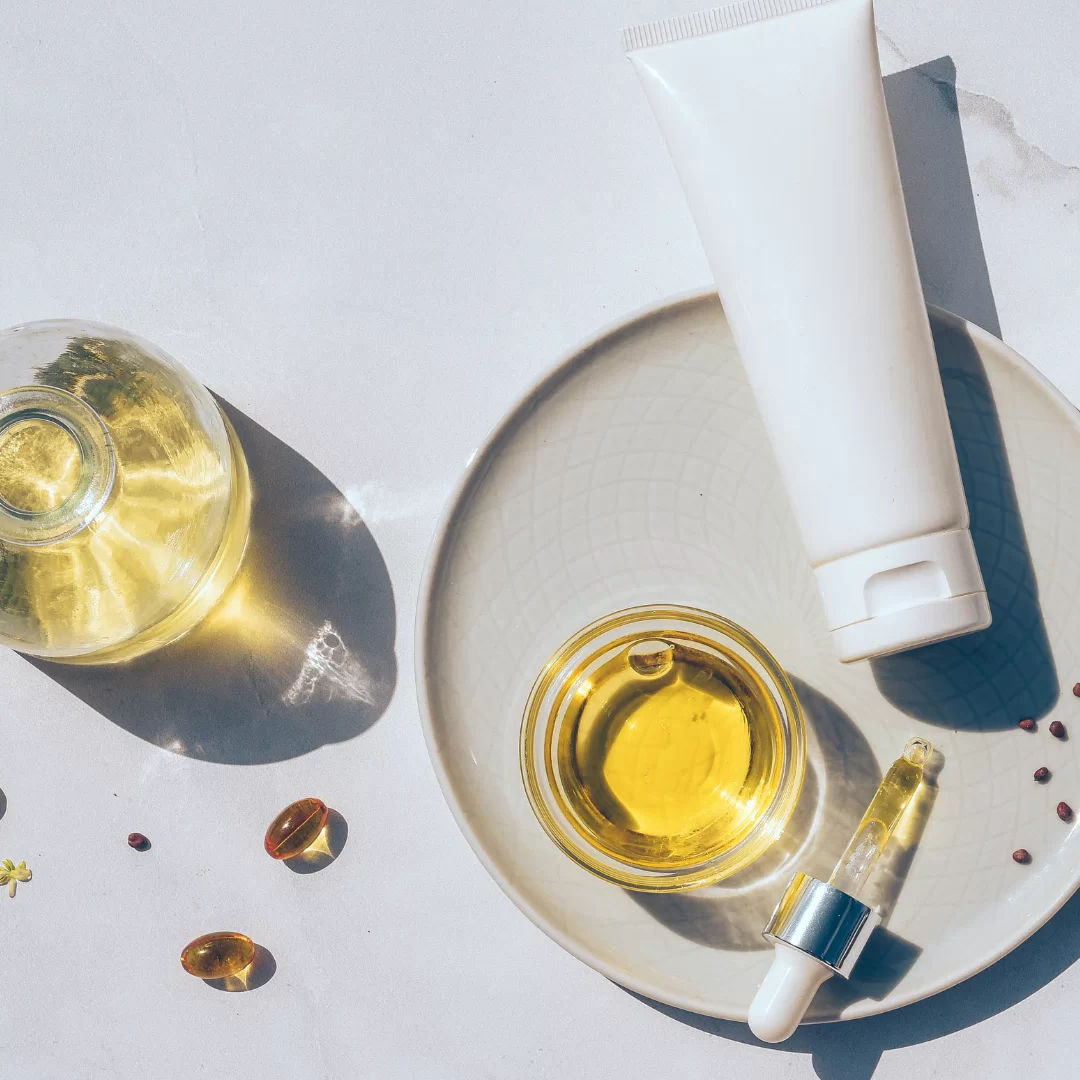PFAS are moving from “performance booster” to “regulatory liability” in Europe. Consequently, chemists must adopt a proactive approach. If you formulate for the EU—or export there—you need a clear plan: screen your raw materials, collect supplier declarations, validate PFAS-free alternatives, and update your dossiers. Moreover, this guide provides a lab-ready workflow with downloadable tools, ensuring R&D and Regulatory move in lockstep without slowing launch calendars.
What PFAS are and why they show up in cosmetics
Per- and polyfluoroalkyl substances (PFAS) are highly stable organofluorine compounds prized for water and oil repellency, slip, payoff, and long-wear film formation. In practice, you see them most in mascaras, eyeliners, long-wear foundations, transfer-resistant lip color, nail enamels, and some skincare film formers. However, the same persistence that makes PFAS technically useful also drives environmental concerns. Therefore, the European Union is tightening restrictions on PFAS across all consumer categories, cosmetics included.
For chemists, the question is tactical: Where, exactly, are PFAS delivering performance in our formulas—and what non-PFAS systems can replace them without sacrificing wear, feel, or payoff?
EU landscape: what’s changing
Across the EU, PFAS are under multiple legislative tracks. Several individual PFAS are already restricted under REACH and POPs. In addition, a broad class-based restriction is advancing under the REACH framework, while Member States are moving on their own timetables. For example, France has adopted a ban targeting PFAS in cosmetics effective 1 January 2026. As a result, brands should treat PFAS as a high-risk category now, even before a final EU-wide class measure lands.
- Class-based approach: Because the definition captures thousands of molecules, “swap PFAS A for PFAS B” will not be sustainable.
- Essential-use debate: In theory, some applications might claim essential use. Nevertheless, in cosmetics that bar is very high.
- National acceleration: Certain Member States are moving faster. Therefore, plan to the earliest binding date for your market mix.
Authoritative resources for context: ECHA: PFAS Hot Topic, FDA overview, France PFAS ban (cosmetics).
Where PFAS hide in your portfolio
- Film-forming color: Long-wear foundations, transfer-resistant lip color, eyeliners, mascaras.
- Repellency modifiers: Ingredients marketed for water/oil resistance or smudge-proof payoff.
- Texture/slip boosters: Ultra-slick sensorial finishes, particularly in sticks and lip products.
- Processing aids: Mold release or surface-modification additives used upstream.
Label tells: INCI names containing “fluoro,” “perfluoro,” “polyfluoro,” “PTFE,” “fluoroacrylate,” or “perfluoroalkyl phosphate.” Consequently, any such entry should trigger supplier disclosure requests.
12-month execution plan (R&D + RA + QA)
Phase 1 — Portfolio audit (Month 0–2)
- Export all raw-material lists; flag anything with fluoro-keywords.
- Request supplier declarations at CAS/EC-level for flagged materials.
- Create a PFAS risk register by SKU, market scope, and claims dependency.
Phase 2 — Supplier documentation (Month 1–3)
- Issue a standard PFAS Supplier Disclosure Letter with management-of-change commitments.
- Collect SDS/TDS and PFAS-free alternates offered with timelines. In addition, align procurement timelines with reformulation capacity.
Download tools: PFAS Supplier Letter (DOCX) · Alternatives Matrix (XLSX)
Phase 3 — Alternatives & lab validation (Month 2–8)
- Build test ladders for PFAS-free film-formers and sensorial systems. Moreover, compare humidity, rub-off, and transfer performance against benchmarks.
- Record results for claims/legal review (photos, instrumental data, consumer panels).
Phase 4 — Dossier & label updates (Month 6–12)
- Update Product Information Files (PIFs) with supplier declarations and reformulation logs.
- Align claims with verified data. Consequently, avoid vague “chemical-free” or “eco” language.
- Sequence SKUs by market risk to make deadlines without stock shocks.
PFAS alternatives: a chemist’s matrix
| Function | Typical PFAS | PFAS-free alternatives | Formulation notes |
|---|---|---|---|
| Long-wear film formation | Fluoroacrylates, fluoropolymer dispersions | Acrylate copolymers, polyurethane dispersions, hybrid PUD-acrylates | Balance Tg and coalescents; humidity resistance achieved via hybrid networks and wax synergy. |
| Repellency / payoff | Perfluoroalkyl phosphates, fluorosurfactants | Silicone glycols + wax blends, hydrocarbon elastomers | Rebuild payoff with rheology adjustments; consequently, adjust wax ratios. |
| Slip / sensorial | Fluoro-oils, PFAS modifiers | High-MW esters, hydrogenated polyisobutene, elastomer gels | Match glide using ester ladders; moreover, manage sweat-off with crystalline structuring. |
| Processing aids | PTFE dispersions, fluoroelastomers | UHMW-PE, polyolefin waxes, boron nitride | Requires good dispersion to avoid drag; therefore, surface-treated fillers can help. |
Claims, labels, and dossiers
Keep marketing aligned with evidence. “PFAS-free” is acceptable when supported by supplier declarations and analytical screens. However, avoid unqualified environmental claims like “100% eco-friendly.” As a result, synchronise label updates with reformulation schedules to reduce reprint costs. Furthermore, archive all documentation in your PIFs with version control.
Explore alternatives & request data
Need PFAS-free film-formers, sensorial systems, or emulsifiers? Explore our Active ingredients In addition, to see dossiers or request starting formulas, Request a Sample and indicate the SKU you’re reformulating. Consequently, we can suggest alternatives that match your performance requirements quickly.







